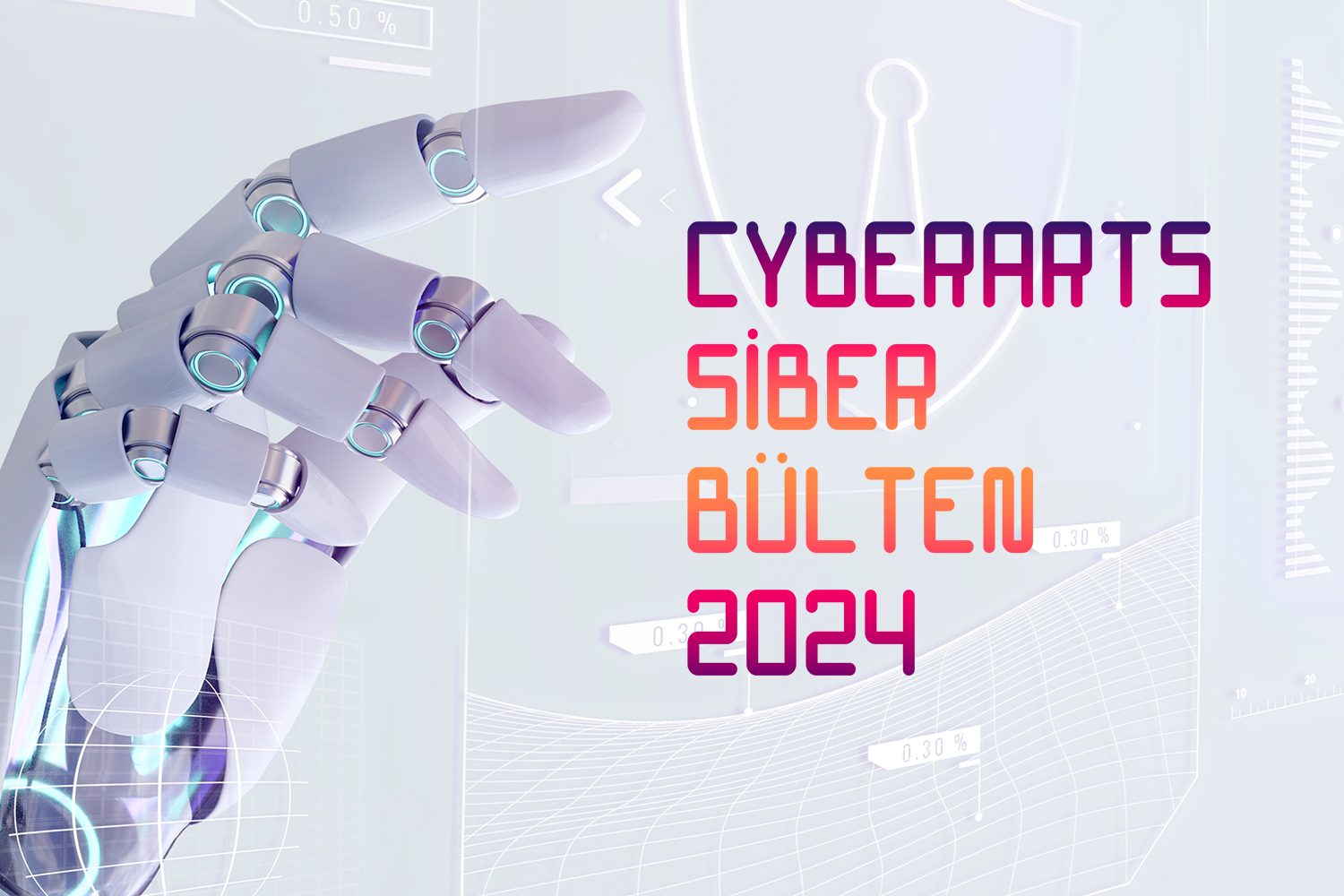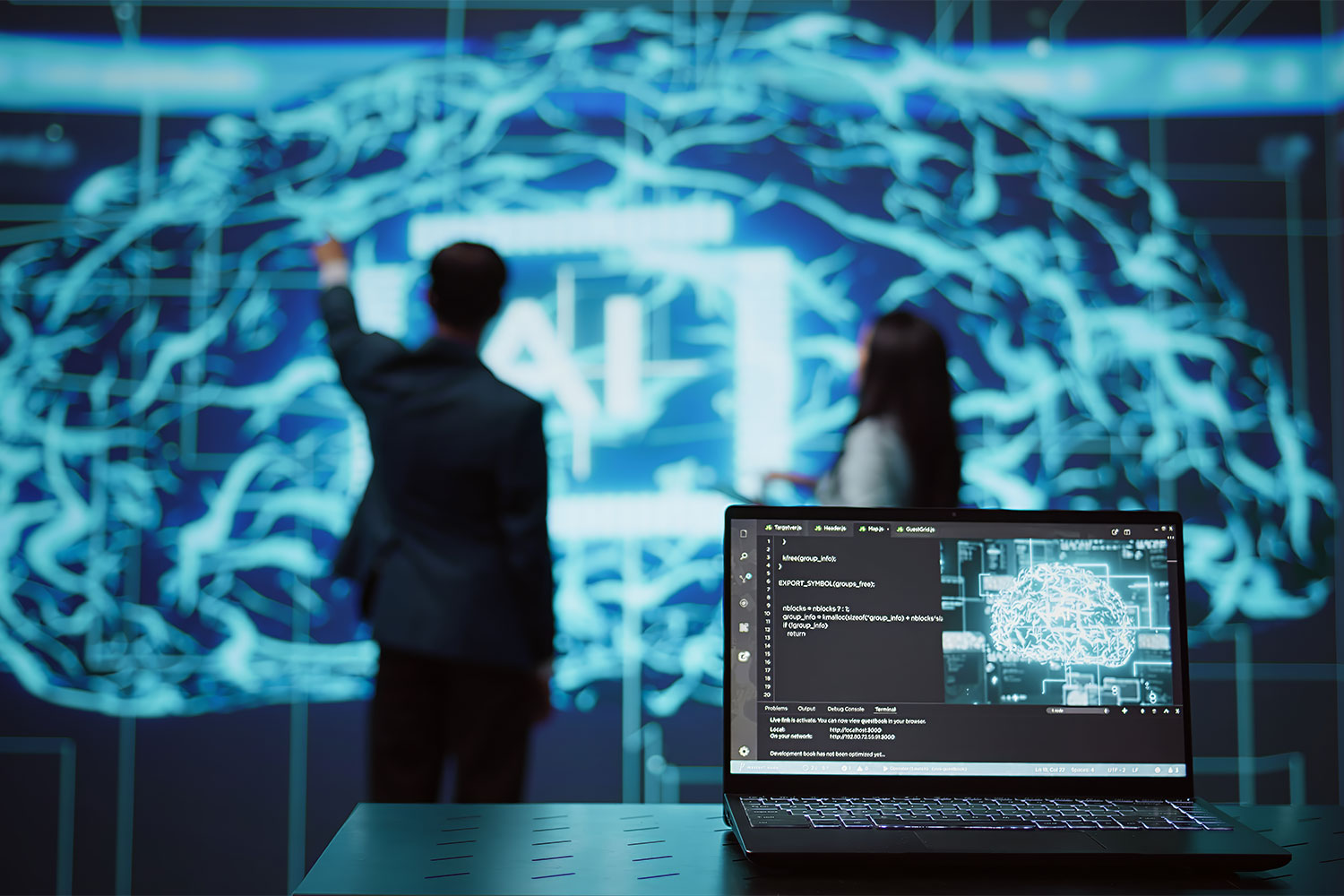With the rapid advancement of technology, data usage is increasing and this data now includes our biometric data. For example, this data includes technologies such as facial recognition and fingerprint readers that we use when turning on our phone's screen. Although these technologies play a major role in accelerating identity verification processes, the security of our biometric data, like our other data, is important. So how is this data stored and is it stored in secure places?
What is biometric data?
Biometric data, in short, is a type of personal information that can be used to uniquely identify a person. It is usually collected as part of the digital identity verification process. Biometric data can include fingerprints, voiceprints, iris scans and facial recognition systems. Biometric data is a type of data that identifies and classifies measurable human characteristics. This is a process called biometrics. Biometric data is typically captured, stored and processed in a data template format. Biometric data is divided into two in terms of quality; these are physiological and behavioral biometric data.
Physiological biometric data
- The person's fingerprint,
- retina,
- Palm,
- Face,
- hand shape,
- Iris etc.
Behavioral biometric data
- The person's walking style,
- The way you press the keys of the keyboard,
- Driving style etc.
Advantages of biometric data
- Enhanced Security: Biometric authentication provides a higher level of security than traditional authentication methods such as passwords, PINs, or security tokens. Biometric characteristics are unique to each individual and cannot be easily copied or stolen. This makes it extremely difficult for hackers to bypass biometric authentication systems.
- Convenience: Biometric authentication is much more convenient than traditional authentication methods. Users don't need to remember complex passwords or carry security tokens with them. They just need to provide their biometric information and the system will verify their identity.
- Improved User Experience: Biometric authentication provides a seamless user experience. It's quick, easy and doesn't require any special skills or knowledge. This makes it an ideal choice for applications that require high levels of security, such as banking, healthcare and government services.
Disadvantages of biometric data
- Privacy Concerns: Biometric authentication systems store sensitive information about individuals, such as fingerprints or facial features. If this information falls into the wrong hands, it can be used for identity theft or other malicious purposes.
- False Positives: Biometric authentication systems can sometimes incorrectly identify individuals, resulting in false positives. For example, a fingerprint scanner may not recognize a person's fingerprint if it is dirty or smudged. This may cause frustration and inconvenience to users.
- High Cost: Biometric authentication systems can be expensive to implement and maintain. The hardware and software required for biometric authentication can be costly, and systems need to be regularly updated and maintained to ensure they are effective.
KVKK, GDPR, ISO 27001 and Biometric data
Biometric data is handled under important regulations and standards regarding the protection of personal data. KVKK (Personal Data Protection Law) and GDPR (General Data Protection Regulation) contain comprehensive regulations regarding the collection, processing and storage of individuals' personal data. These regulations set strict requirements for the collection and use of biometric data. Principles such as obtaining explicit consent for the collection of biometric data, storing this data securely and protecting it against unauthorized access are emphasized in the KVKK and GDPR.
ISO 27001 standardizes information security management systems. This standard provides a framework for the security of biometric data and enables organizations to manage risks related to biometric data. According to ISO 27001, security policies should be established regarding the collection, processing and storage of biometric data, training should be organized to increase security awareness and security audits should be conducted regularly.
These regulations and standards both protect the privacy and security of individuals and ensure that organizations take appropriate security measures regarding the collection and use of biometric data. Therefore, it is critical for companies working with biometric data to comply with these regulations and standards.
Biometric Data and Explicit Consent
Biometric data is one of the most sensitive types of personal data and includes unique physical or behavioral characteristics of individuals. The principle of explicit consent is of great importance as the processing of this data may directly affect the privacy rights of individuals. Explicit consent means that individuals give their free will and informed consent to the processing of their personal data. The principle of proportionality limits the situations in which processing of biometric data is mandatory and stipulates that, in the presence of alternative methods, less intrusive options should be preferred. These principles are contained in data protection laws and international agreements and have a critical role in protecting the fundamental rights of individuals.
Biometric data are data that people cannot forget, generally do not change throughout their lives, and can be obtained effortlessly without the need for any intervention. This data includes physical or behavioral characteristics such as facial images, fingerprints, iris recognition, hand geometry recognition. These features ensure the uniqueness of individuals and are used for authentication or identification purposes.
Explicit consent is required for the processing of biometric data. Individuals must give their free will consent to the processing of this data. Additionally, in accordance with the principle of proportionality, situations where biometric data must be processed should be limited and less intrusive methods should be preferred.
Therefore, care must be taken when processing biometric data and the rights of individuals must be respected. Explicit consent must be obtained, data must be processed in accordance with the principle of proportionality and confidentiality must be protected.
Risks of Using Biometric Data in Terms of Cyber Security
The use of biometric data may pose significant risks to cybersecurity. In particular, collecting and processing biometric data such as fingerprints and facial recognition can lead to serious security threats. This data, like other personal data, can be targeted and intercepted by malicious attackers. Once obtained, misuse of biometric data poses a potential risk for identity theft, fraud and other criminal activities.
Additionally, biometric data may be more difficult to secure than other types of data. Once a fingerprint or facial recognition data is leaked from the system in which it was recorded, it is almost impossible to change or retrieve it. Therefore, extra precautions should be taken to protect biometric data and security should be maximized.
Cybersecurity risks of biometric data can arise from unauthorized access, data leakage, and malicious attacks. Therefore, strict security protocols and standards must be implemented regarding the collection, processing and storage of biometric data. In addition to techniques such as encryption, multi-factor authentication and firewalls, staff training and awareness programs are also important to ensure the security of biometric data. As a result, meticulous implementation of security measures regarding the use of biometric data strengthens the defense against cyber attacks and ensures the security of users.
[vc_row][vc_column][vc_cta h2=”” add_button=”bottom” btn_title=”Teklif Talep Edin” btn_style=”flat” btn_shape=”square” btn_color=”danger” css_animation=”fadeInLeft” btn_link=”url:https%3A%2F%2Fcyberartspro.com%2Fteklif-isteme-formu%2F||target:%20_blank|”]Siber Güvenlik, Dijital Dönüşüm, MSSP, Sızma Testi, KVKK, GDPR, ISO 27001, ISO 27701 ve DDO Bilgi ve İletişim Güvenliği Rehberi başlıklarıyla ilgili teklif almak için lütfen tıklayın.[/vc_cta][/vc_column][/vc_row]












